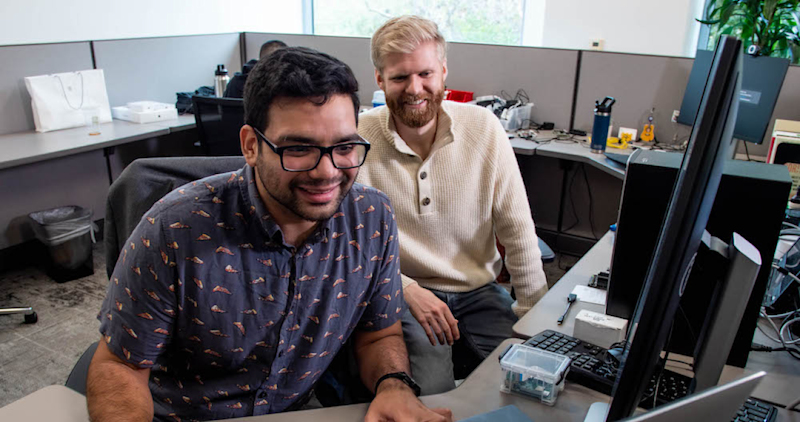Subscribe to Our Newsletter
Sign up for our bi-weekly newsletter to learn about computer vision trends and insights.
Integrate alwaysAI with External Applications Using (TCP) Sockets
by
Taiga Ishida

Subscribe to Our Newsletter
Sign up for our bi-weekly newsletter to learn about computer vision trends and insights.
Taiga Ishida
